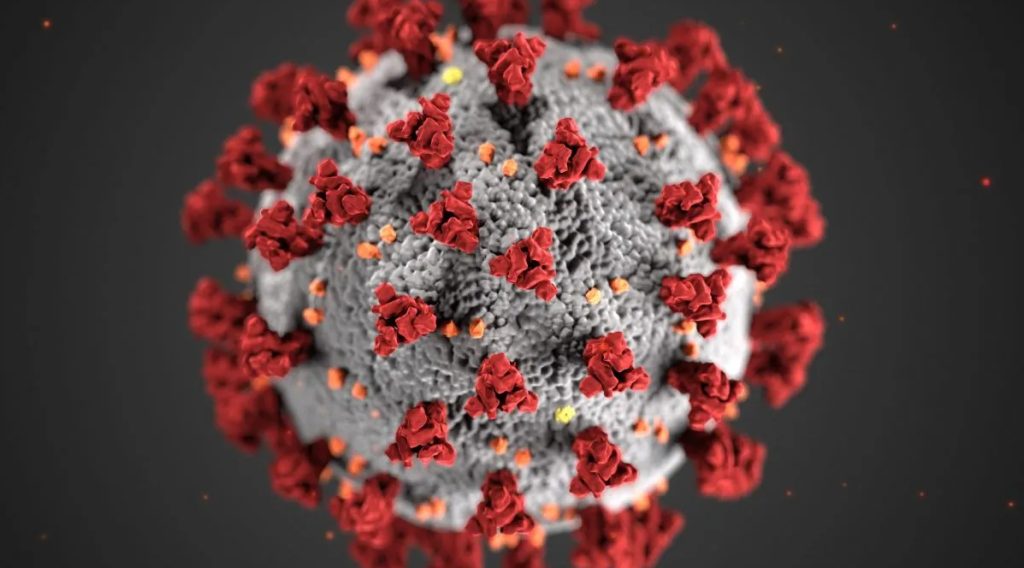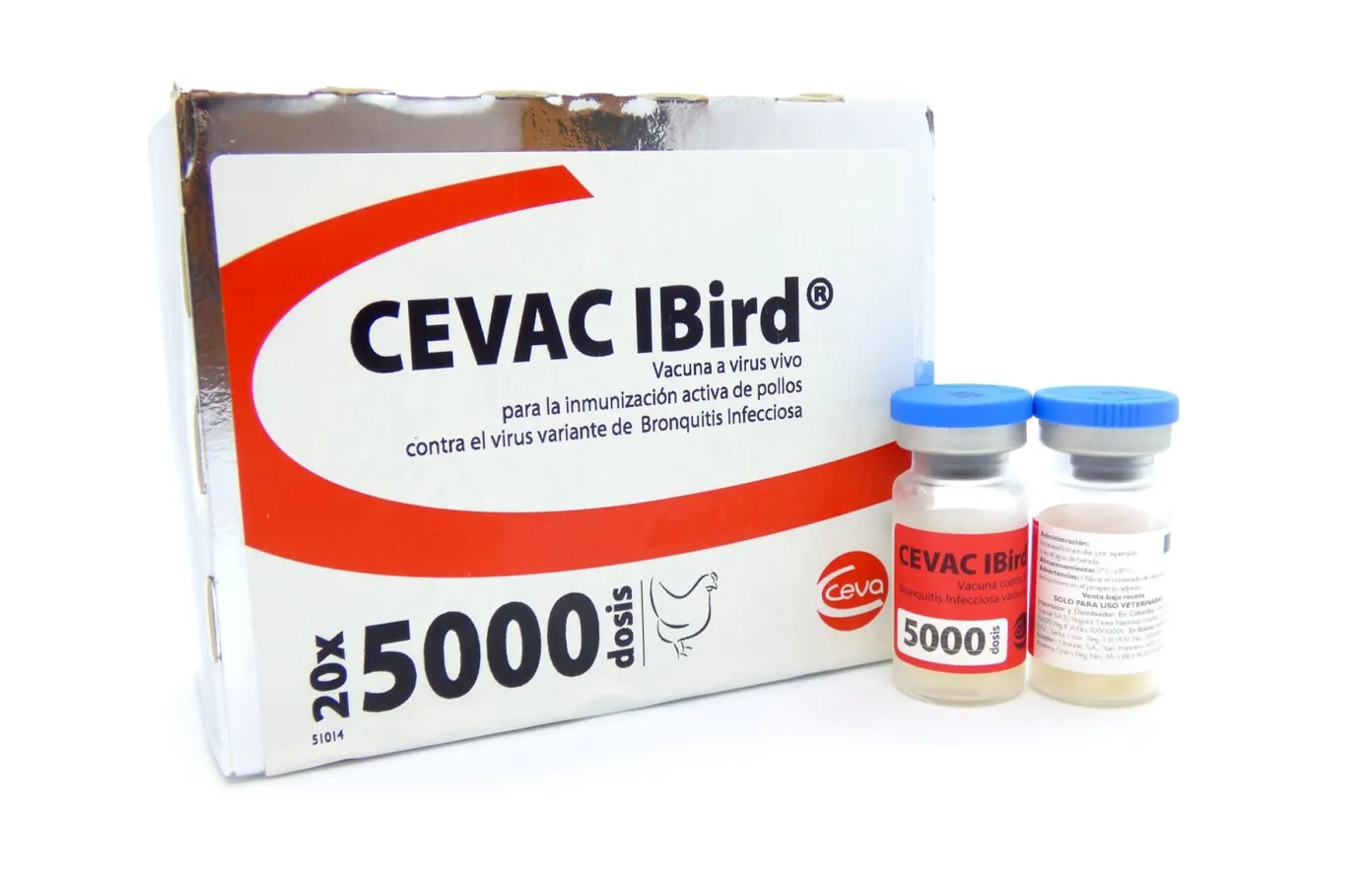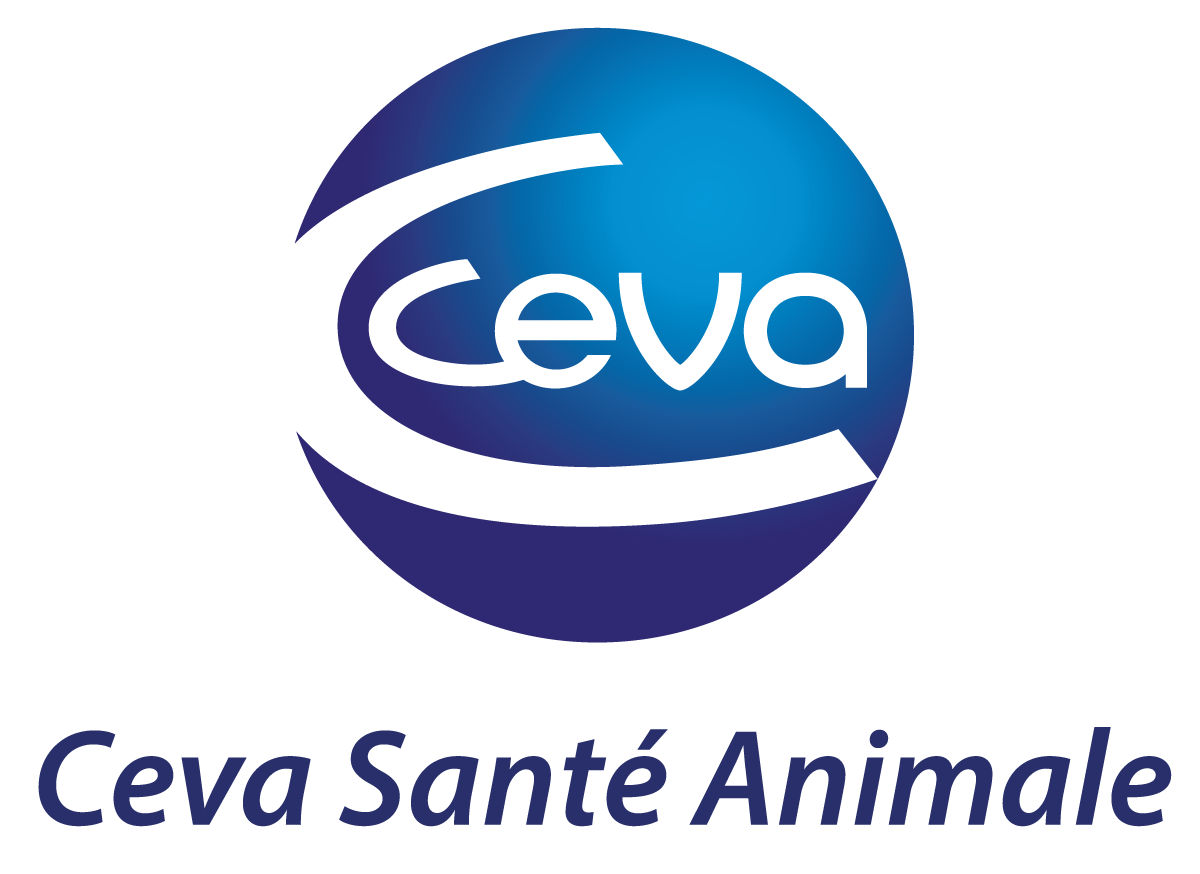
While the whole world grapples with the immense threat to global health, well-being and prosperity from the ongoing COVID-19 pandemic, I wanted to share some thoughts about the contribution that animal health professionals, including our own experts at Ceva, can make at this time.
Coronaviruses
Although many people are hearing about coronaviruses for the first time, this group of viruses and the diseases they can cause are very familiar to medical and veterinary researchers and clinicians.

Coronaviruses are amongst several viruses that cause the common cold in humans. In the early 2000’s both severe acute respiratory syndrome (SARS), first reported in 2003, and Middle East Respiratory Syndrome (MERS), in 2012 were caused by coronaviruses. Although both have now been largely contained, they were different from the common cold with both causing significant numbers of deaths (774 and 858 reported deaths for SARS and MERS, respectively). The spread and total deaths associated with the above two diseases were obviously not at all comparable to the scale we see for COVID-19.
In animals, the avian coronavirus Infectious Bronchitis Virus (IBV) is a respiratory pathogen of chickens that causes severe losses in poultry worldwide. Coronaviruses are also associated with a number of important respiratory and enteric diseases of pigs: transmissible gastroenteritis, haemagglutinating encephalomyelitis, porcine epidemic diarrhoea, porcine respiratory coronavirus.

Coronaviruses are a group of highly diverse RNA viruses that are divided into four distinct groups: alpha, beta, gamma and delta. COVID-19 belongs to the betacoronavirus group (together with the coronaviruses that cause SARS and MERS) whilst poultry coronaviruses belong to the gamma group. Because the avian coronaviruses and COVID-19 belong to two different groups of coronaviruses, it is highly unlikely that avian coronaviruses will infect humans, or vice-versa.
Vaccines against IBV

The animal health industry has for over 50 years used vaccines effectively to prevent IBV in poultry. Ceva’s poultry experts have worked extensively on these IBV vaccines. In 2013, we launched Cevac IBird®. This vaccine provides effective protection against several variants of infectious bronchitis seen on multiple continents. When used in a vaccination programme combined with Cevac Mass L., a single vaccination in the hatchery protects meat-producing chickens throughout their life.
Ceva continues to utilize existing and newer technologies to protect the production animal industry from the population of coronaviruses that infect these species. There are multiple ongoing projects (including molecular diagnostic, new genomic vaccines technologies, platform vaccines, bioinformatic, artificial intelligence biologicals and vaccine administration) within Ceva that enhance the safety and efficacy of current and future vaccines.
The global impact of COVID-19 is truly indescribable. The advancement of treatments and vaccines against this coronavirus in humans is very promising and historically, Ceva has taken similar approaches in the development of our veterinary vaccines. We continue to learn through this crisis and will apply all innovative new technologies to help protect the health of our animals against such diseases in the future.
John El-Attrache PhD
Ceva Global Director of Scientific and Innovation Direction
Zoonotic diseases and One Health
It is likely, although not yet fully proven, that the COVID-19 virus originated in the wild bat population.

The biology of bats is also fascinating and has important implications for coronaviruses which cross the species barrier to people. When bats fly they expend huge amounts of energy making their temperatures soar, in effect, mimicking a fever. In both humans and other animals, fever results from infections and is part of the body’s defence mechanism, raising temperatures in an attempt to kill “new invaders”, such as viruses. In the case of that coronaviruses that have evolved in bats, because they have to cope with the ‘fevers’ associated with flying, they are not so affected by higher body temperatures.
This crisis clearly brings home the interconnection between human, animal and environmental health. This is why, in 2010, looking ahead at future health megatrends we decided that Ceva should become a “One Health” company, recognizing that the health of humans, animals and ecosystems are interconnected.
This was the origin of our “Together, beyond animal health” slogan and since then we have moved our business from just over 25% vaccines to close to 50% today, focusing on preventative health that helps keep both animals and humans safe.
Veterinary and human medicine – learning from each other and finding effective vaccines
At Ceva we greatly value the mutual learning that can occur between professionals working in the fields of human and animal health. In the past, for example, we have organised a series of meetings bringing together veterinary and medical professionals to enable them to share experiences and learn from each other. Looking forward, we will continue to encourage and facilitate mutually beneficial collaboration between the two professions as part of our broader commitment to the One Health movement.
To better understand the challenges associated with the COVID-19 in humans, poultry health professionals can draw on their many years of experience attempting to control avian coronavirus Infectious Bronchitis Virus (IBV) in poultry.

